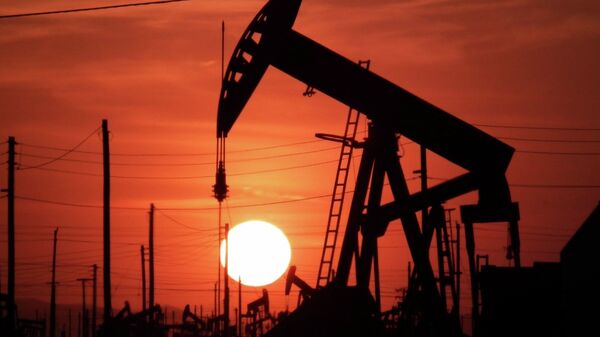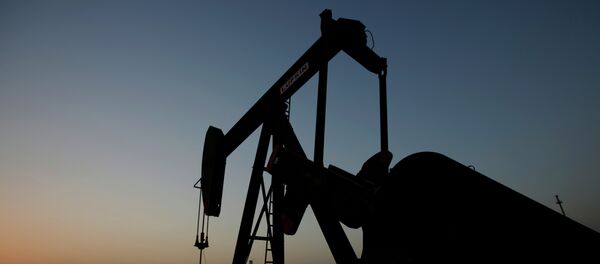Dropping oil prices have dealt a severe blow to the US fracking industry: shale oil output has reduced tremendously, following a 41 percent slide in the number of drilling rigs since December.
The Organization of Petroleum Exporting Countries (OPEC) admitted this fact with notable satisfaction during the latest Middle East Oil and Gas conference in Bahrain. OPEC's Secretary General Abdalla Salem el-Badri said on Sunday that the cartel's decision to maintain its crude production despite plummeting prices had borne its fruit and the US shale-oil industry was facing a dramatic decline. "Projects are being canceled. Investments are being revised. Costs are being squeezed," the senior OPEC's official underscored, adding that the shortage in output would lead to the hike in oil prices. "If we don't have more supply, there will be a shortage and the price will rise again," he emphasized.
Indeed, experts point out that the astonishing growth of US oil production has finally slowed down as the oil market has been suffering from a 50 percent decline in prices since June 2014. For instance, the Eagle Ford in Texas, the American second-largest oil field, is expected to reduce its output by 10,000 barrels per day, while oil production in the Bakken region in North Dakota is likely to drop by 8,000. Experts stress that the overall number of drilling rigs in the US has already plunged by 41 percent; this while investments have been cut back and employees laid off.
For comparison's sake, US benchmark West Texas Intermediate is cheaper than the internationally traded Brent crude by $9 per barrel. And this $9 does matter when the whole US fracking industry is suffering financial pressure, experts note.
However, American policy-makers are yet unwilling to support oil export liberalization, citing concerns about a probable hike in retail fuel prices in the US. Thus far, the question remains open whether the US oil industry will survive or not in the cutthroat competition, fighting with its hands tied behind its back.




